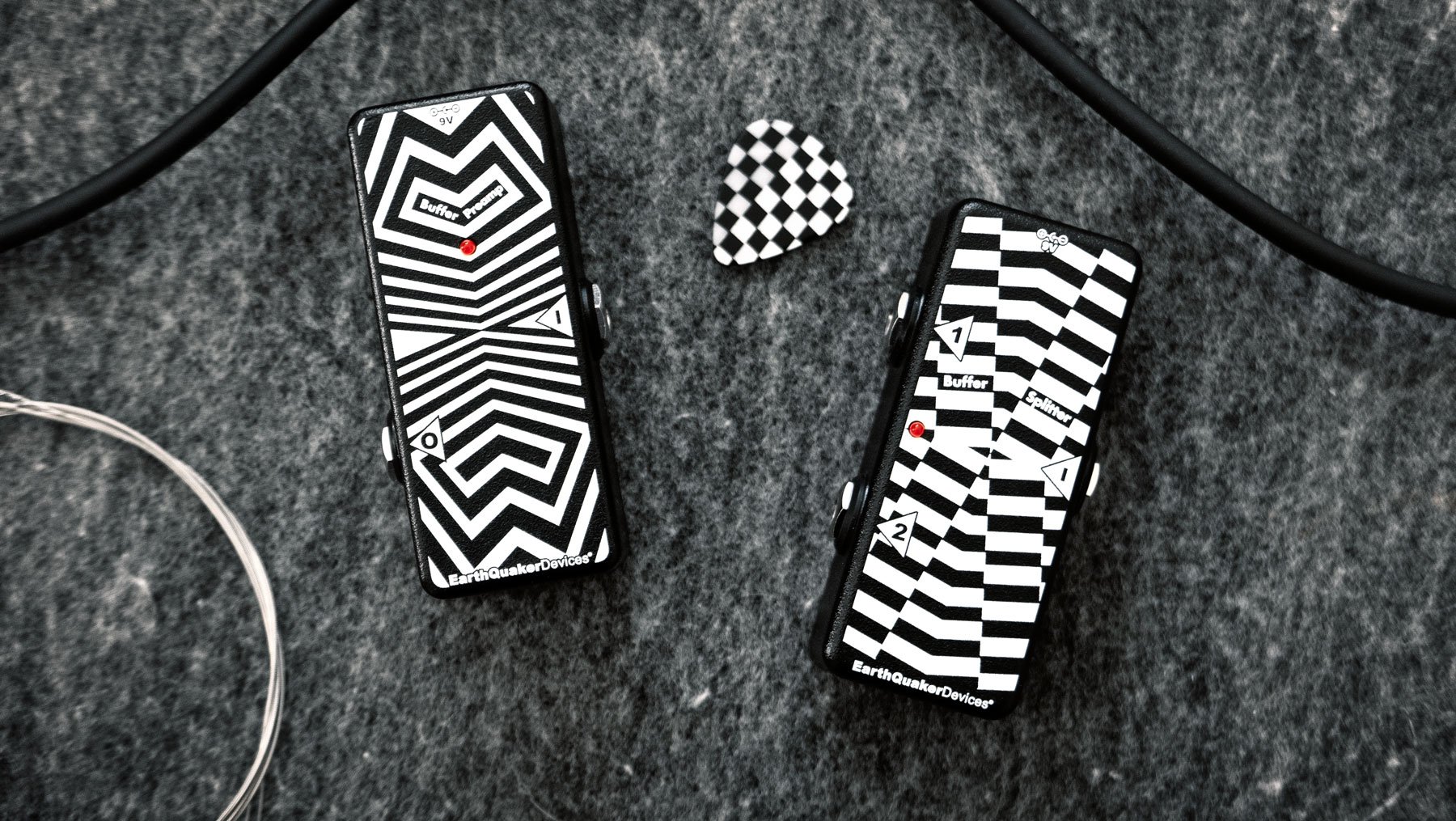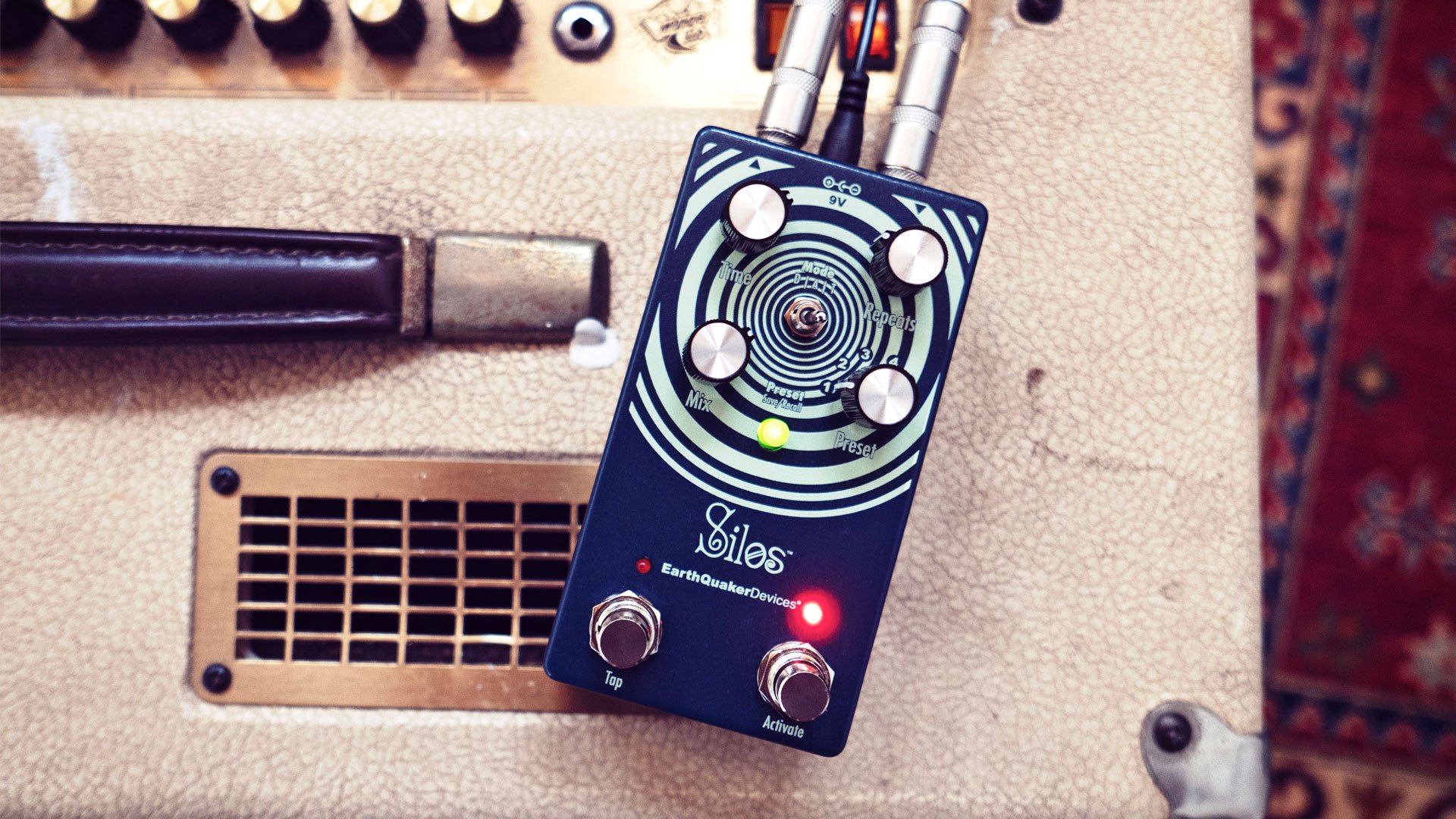Is It OK That We Can’t Tour Right Now?
Jasamine White-Gluz
Being on tour has no off switch. You’re either on your way to the show or you’re on your way somewhere to sleep after the show. There is physical labor lifting and carrying equipment sandwiched between long periods of motionlessness during long drives. Then there is the thrill and exhaustion from the performance itself. It can feel like an endless loop – exhilarating but not necessarily healthy.
For over ten years, a giant chunk of my income has come from touring with my band, No Joy. The current crisis has forced many artists like myself to cancel tours that would have been central to our annual plans and our annual incomes. Removing touring from the equation eliminates not only many musicians' livelihood but those of crews, venues, staff and promoters.
I have often thought about how we as a community can make being a touring artist a more livable job. After all the cuts and commissions are taken from an artist's album sales and streams, touring is one of the last remaining ways for artists to earn any money. Touring more usually means earning more. The longer you’re on the road, the more merch you can sell, the more people will stream your music, the more visible you are and the more paid opportunities seem to come your way. It becomes a vicious cycle where the press won’t cover you unless there are upcoming dates to promote. Why is the part of the job that is undoubtedly the most physically and emotionally challenging the only way most artists earn income from their art?
Being on tour can be one of the most rewarding parts of working in music but it requires sacrifices. Grueling schedules can mean struggling to make time for your mental and physical health. It’s difficult for artists to plan for childcare when they are required to constantly be traveling. Personally, I’ve found it difficult to continue creating new art when touring takes up the majority of my energy. Why do those whose companies take a disproportionate amount of money from artists’ work have health insurance while touring artists do not? Why are artists doing all the heavy lifting for only a small portion of the financial reward?
The world is in isolation and seeking comfort through music. There’s a higher demand for continuous and original online musical experiences. This is forcing us to find new ways to perform and promote and hopefully, new ways for artists to earn from their art.
Creative communities are rebuilding from the ground up to fill the absence of live shows. I’ve been inspired by digital stages and drive-in concerts that have translated the energy of an in-person show experience. If different kinds of live performances gain popularity, tour cycles can begin to evolve. This evolution should extend to the crew and production as well. Anything is possible; lighting techs could build stage designs for livestreams, sound engineers could mix and troubleshoot the sonic differences between platforms, venues could host events, bartenders could make recipes for DIY-at-home cocktails. How these events are monetized in the coming weeks will be telling. I expect the same industry people who were already taking large cuts from artists will be scrambling to take whatever piece they can of these new ventures.
I recently performed my first livestream show, a fundraiser accepting donations for bands, crews and promoters who have lost work due to COVID. All my bandmates live in different cities so attempting a “distanced/same room” performance was not an option. I decided to wing it solo.
It was strangely much scarier to set up in my home than in a venue. The social aspect of a show dismantles my nervousness; being around venue staff, tour mates and attendees gives me energy to feed off of. Alone at home, it was deafeningly silent. I tried to recreate my stage space so that it felt familiar, including using similar visuals and lots of red wine.
My live set up is usually extremely loud. I live in an apartment so I had to find a solution that could keep the spirit of my usual set up at a lower volume. Finding ways to create noise “quietly” was a welcomed challenge; I was always interested in exploring the scale of putting on a show that was adaptable to smaller (or larger) spaces but never found the time. I usually keep doubles of each effect on my pedal board, so I streamlined it to the essentials only. I relied very heavily on the Dispatch Master since it has reverb and delay in one. I plugged directly into a mixer, which left some tone to be desired, but overall I was able to control the depth of my sound.
Digital streams can live online indefinitely; this is good because viewers can tune in when it's convenient for them. This also means that for each new performance, artists might add some new elements to their sets to keep repeat viewers tuning in. Ultimately my experience was a positive one, allowing me to keep working and promoting my project, and raising good sums of money for musicians and crew.
When touring resumes, I have hope that these new outlets will continue to give artists more options for income. The economic structure for touring artists has been lopsided, and the current crisis has forced the music industry to recalibrate. I hope that whatever new possibilities come from this time in isolation, artists will be able to earn fairly in ways that are best for them as performers and human beings.
Photo by Mathieu Fortin
Jasamine White-Gluz is a Montreal based musician and songwriter, who spends most of her time with her project No Joy. In recent years No Joy has toured with Quicksand and collaborated with Sonic Boom of Spacemen 3 and Drab Majesty. Her latest album, Motherhood, is set for release Aug 2020. Outside of music Jasamine has also worked in the fashion industry for over a decade as a senior manager and booking agent at an International modelling agency.




